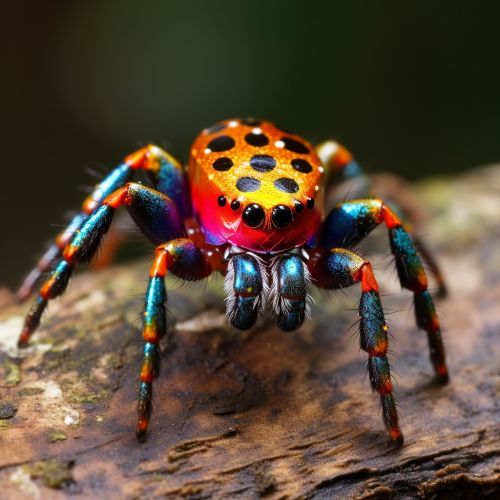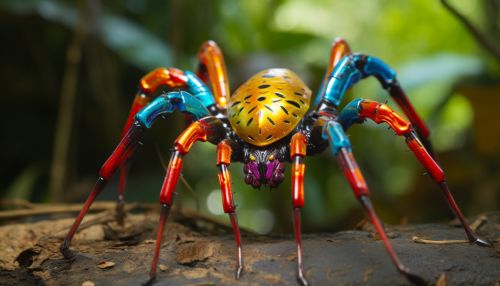Joro spiders
Introduction
The Joro spider (Trichonephila clavata), is a member of the orb-weaver spider family, Nephilidae. This species is native to East Asia, particularly Japan, China, and Korea, but has recently been spotted in the southeastern United States. The Joro spider is known for its large size, striking coloration, and the intricate, golden webs it spins.
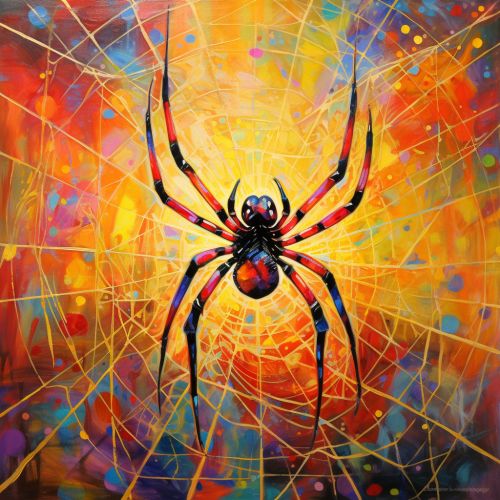
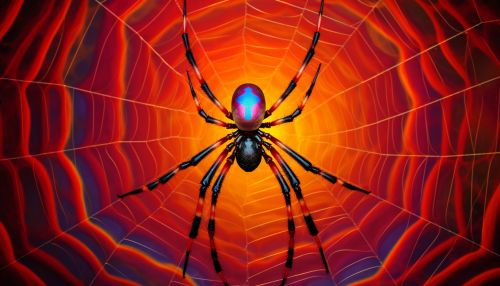
Description
Adult female Joro spiders are significantly larger than males, with bodies measuring up to 4 centimeters in length, compared to the males' 1 centimeter. Females are easily identifiable by their bright yellow and blue bodies, with red markings on the abdomen. Males, on the other hand, are mostly brown and much less conspicuous.
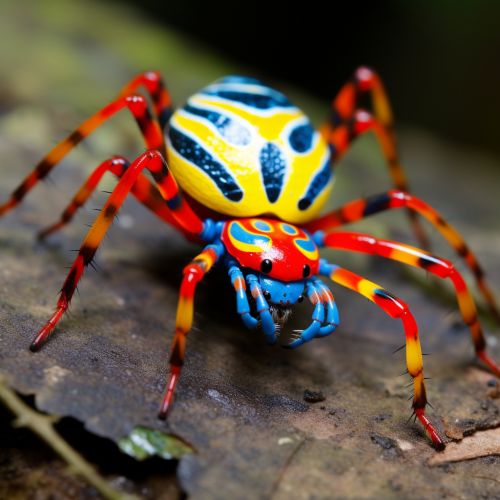
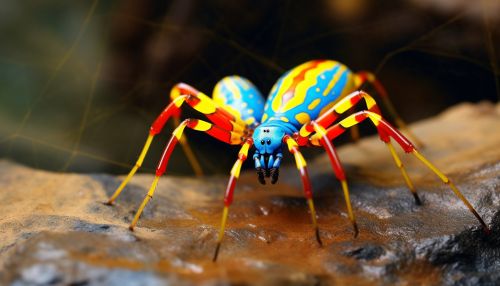
Habitat and Distribution
Joro spiders are native to East Asia, particularly Japan, China, and Korea. However, they have recently been found in the southeastern United States, specifically in Georgia. This has raised concerns about their potential impact on local ecosystems, as they are not native to the region.
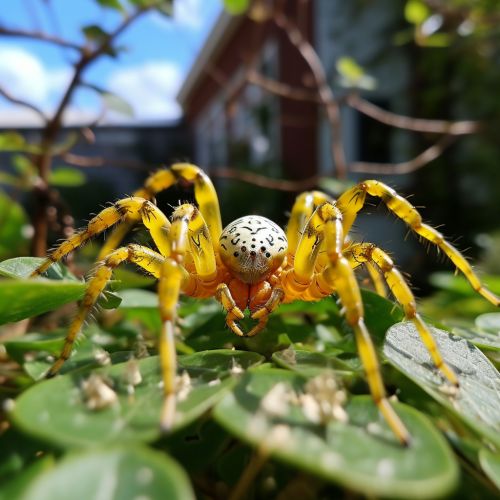
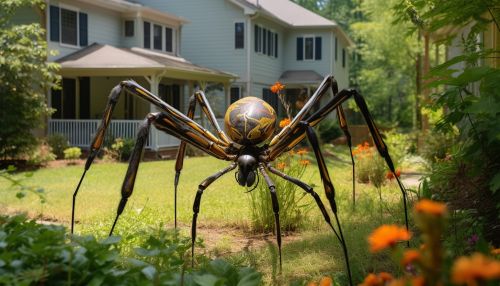
Behavior and Ecology
Joro spiders are diurnal, meaning they are most active during the day. They are known for their large, intricate webs, which can measure up to a meter in diameter. These webs, often referred to as "Joro's golden web," have a unique golden color and are incredibly strong.
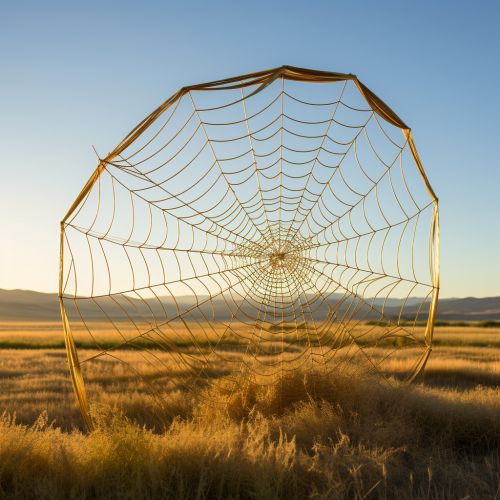
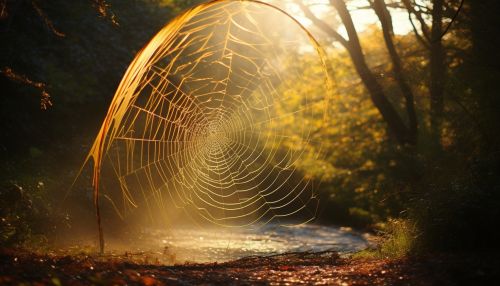
Reproduction
The mating behavior of Joro spiders is quite unique. Males often risk their lives to mate with females, as the females may attempt to eat them after mating. After mating, the female lays hundreds of eggs, which she guards until they hatch.
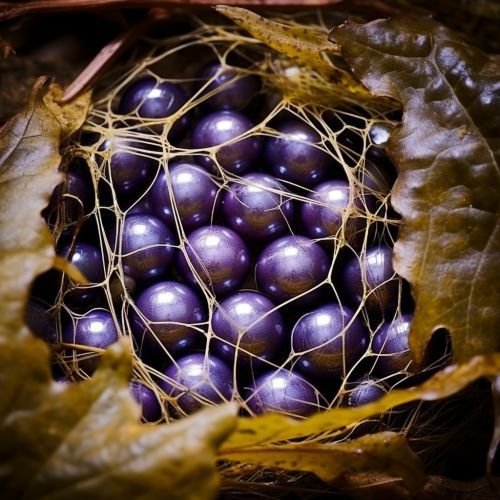
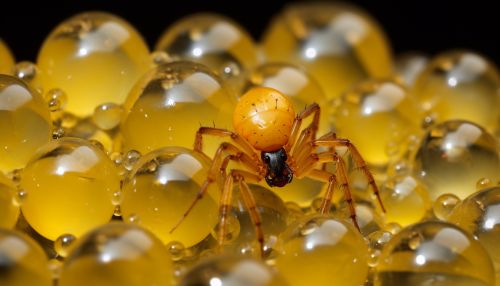
Impact on Humans
While Joro spiders are venomous, their venom is not harmful to humans. However, their large size and bright coloration can be intimidating, and their presence in non-native regions has raised concerns about their potential impact on local ecosystems.
